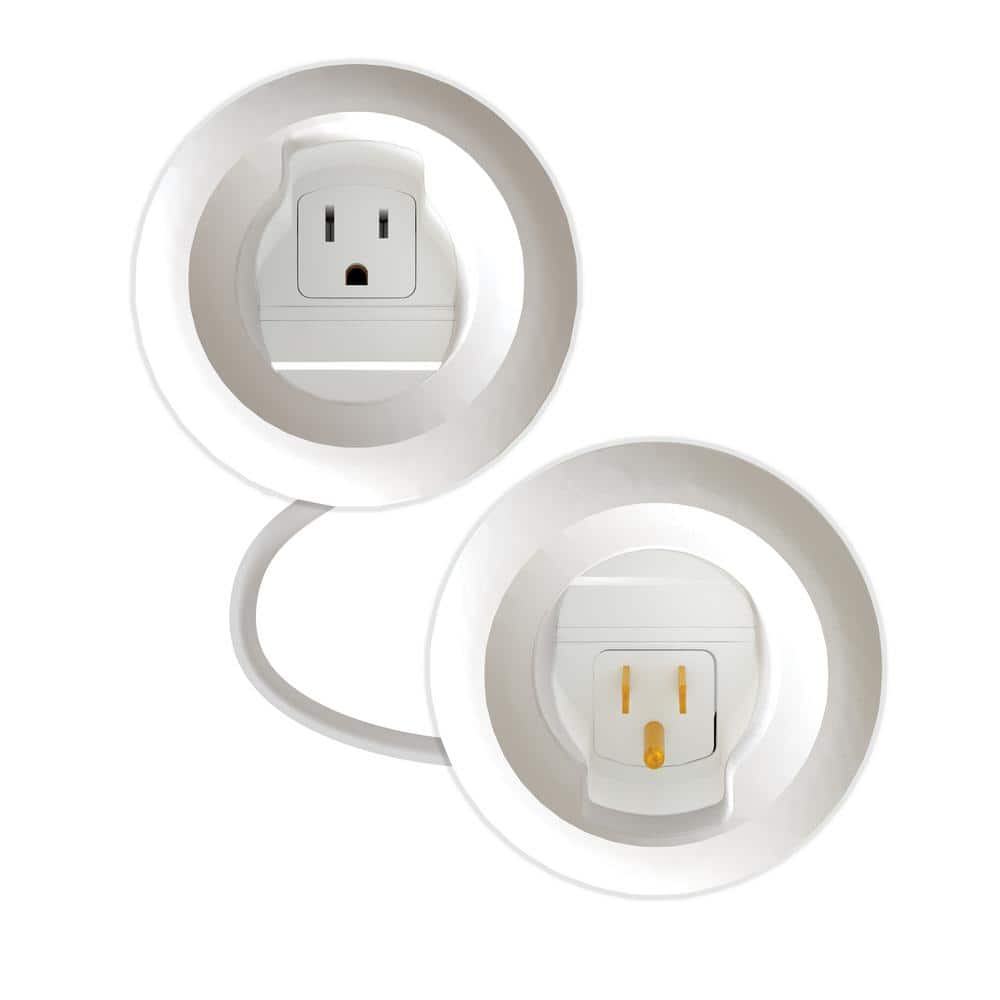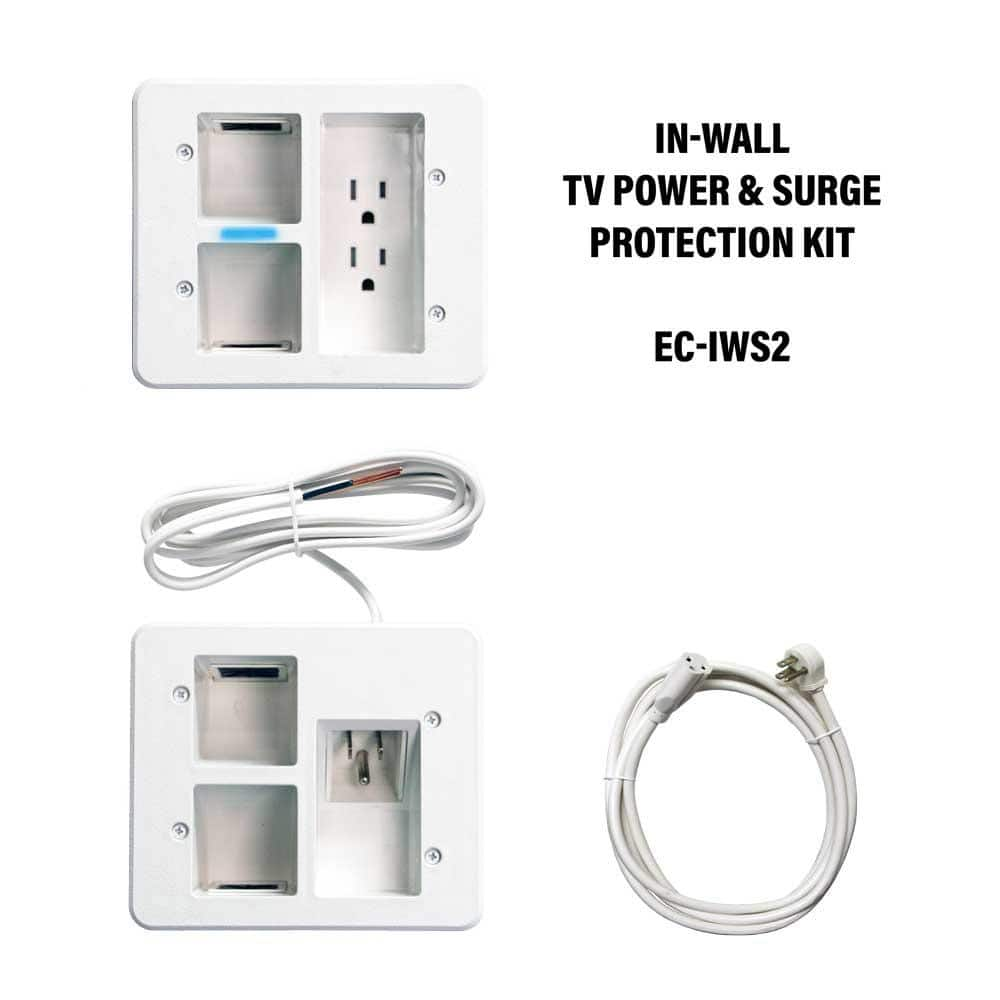- Location
- Bremerton, Washington
- Occupation
- Master Electrician
This is a Hoffman NEMA 1 box, if there was a plug strip mounted outside with network switches plugged in, its no different than a Hoffman network cabinet, internal 19” mounts and plug strip for 19” rack. Both are boxes hung on the wall, listed box, plug strip, etc, IMO OK.
But hard wiring extends the premises wiring into the box
Using a bubble cover with a small lock for the cord eliminates the concern about it unplugged
And there are locking handles available.
But hard wiring extends the premises wiring into the box
Using a bubble cover with a small lock for the cord eliminates the concern about it unplugged
And there are locking handles available.


